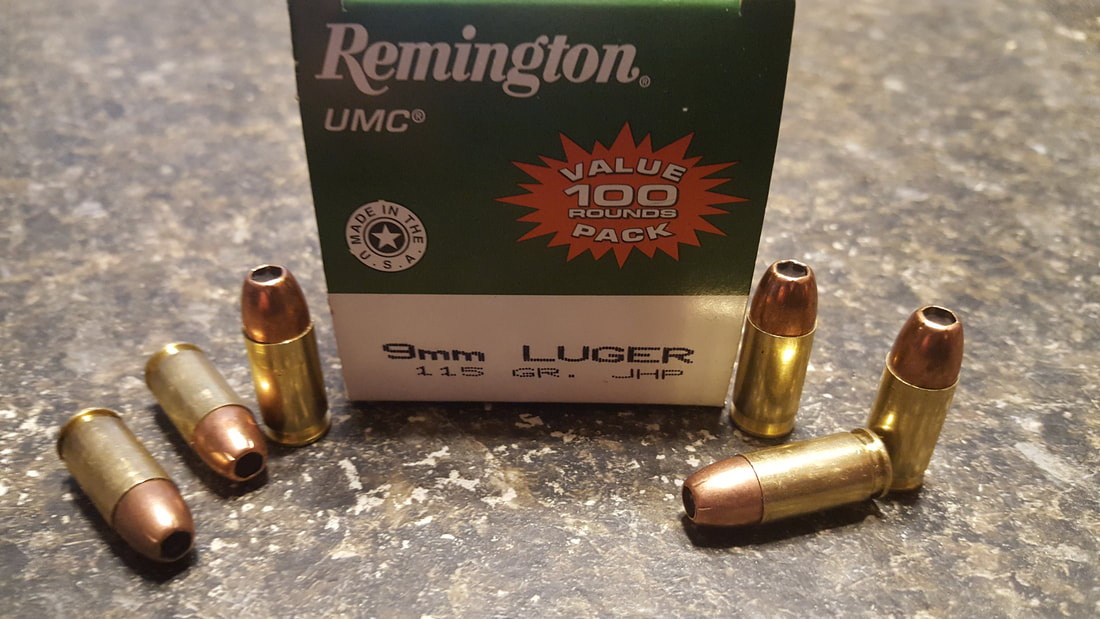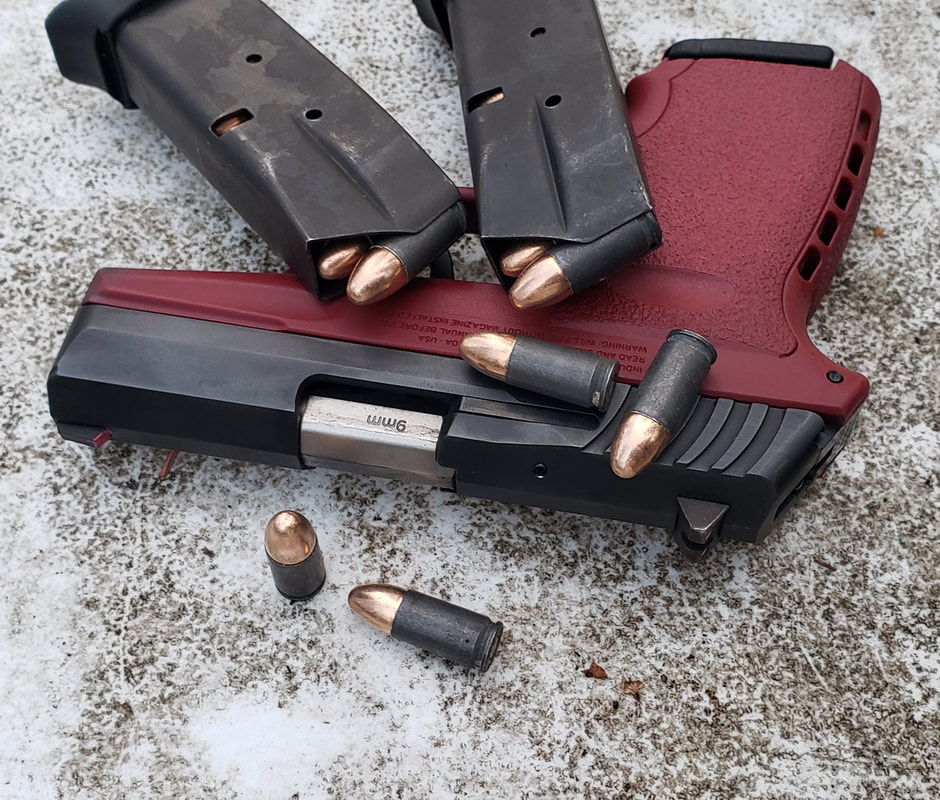|
Ammunition seems to be slowly getting back onto the shelves, but people still are not able to fully indulge as they once did. In turn, people have made the judgement that without enough ammunition, they can’t train. This comes from the assumption that “Range Time” is the only way in which skills are developed or maintained. In fact, I would go as far as to start this article off by saying that 99.99% of you reading this would perform better if you started training off the range and stopped thinking of the range as a primary training ground. This lack of ammo on the shelves can be a blessing in disguise if you are serious about advancing your skills.
The 5.56x45mm (5.56 NATO) and the 7.62x51mm (7.62 NATO) are both over half a century old, but are still popular. Both have qualities worthy of praise, but also have drawbacks that warrant critique. I have used both a good amount in various types of rifles, so I am going to compare the two based on my experience and certain considerations. Deciding on a caliber should not be as simple as what makes you look cooler.
It is all too common for people to claim that steel cased ammo is junk or is BAD for your pistol. People tend to phrase it in such a way as if their gun needs to be on some diet or it will get fat and useless. I have used steel cased ammunition for my pistols for years. I have had several firearms where there were at least 10K rounds of steel cased ammo put through them with no issues. In this article, my goal is to break down some of the claims made and also try to explain what steel cases do when a round is fired.
The Hornady Critical Duty seems to have started a new trend in bullet technology. The polymer tip seems to be an attractive feature for a few companies who seem to find it advantageous and worthy of following. Granted, these other companies have their own designed hollow point plugs, but it seems that the Critical Duty bullet has made an impact on the market enough to get a good amount of heads to turn, particularly in the Law Enforcement community.
Selecting a good carry ammo should not be about just getting something that will be enough for some tasks, but something that will cover virtually all tasks necessary during a defensive armed engagement. There are several things to consider when looking for a good ammo, and I am going to go through these subjects one at a time. I will attempt to be brief and concise. I classify ammo selection as being a fine art that requires alot of thought and critical thinking, which unfortunately is not trending in the gun culture of today. I hope this article encourages the masses to reconsider just taking someones word and recommendation. Instead, I think it would be healthier for everyone for all of us to do our own research and decide for ourselves what is an appropriate ammunition.
When .40 caliber first came out, it was apparently the coolest thing since sliced bread. It was powerful, offered a new type of effectiveness on a human threat that could not be matched well by other calibers, and Law Enforcement was jumping to it all over the place. Lately, people have started abandoning the caliber in favor of the 9mm for perceived improvements in bullet performance and technology. I will refrain from talking about caliber and getting into the debate on performance and such. My focus here will be whether the .40 caliber is a suitable round for combat or if the world got it right with the 9mm.
Click here for the video of testing.
The Remington Ultimate Defense is quite obviously a repackaged Golden Saber. What many people don't know is that there were minor improvements to the Goldensaber design in the form of altering the led in order to get it to the right ratio for the desired results to be consistent through a variety of velocities/barrel lengths.  Winchester is well known these days for their premium lines of self defense ammunition like the Ranger T-Series and the PDX-1. It is not often that we hear about the more generic ammunition produced by Winchester for self defense. In fact, it is common for people to steer away from using generic ammunition like this for self defense. My intention is to investigate whether this ammunition is actually fit for use in self defense. Is this economical line of ammunition any good, or should we keep paying a Dollar per round.
For whatever reason, it is very popular for people to only recommend ammunition that is going to cost in the neighborhood of $1/round. I have done several tests with these premium ammunitions and with generic ammunition. I have found a few things that might be a little eye-opening when trying to choose whether to carry the Winchester JHP or the Remington JHP.
As the title states, it is common for people to try and break even in a caliber or pistol debate by using the common and boring say of "all pistols are under-powered anyways." I rarely let people get away with that claim. I usually have to insert logic and reality into the equation, which often brings people to get upset that they couldn't just parrot a saying and bring the debate to a draw. There are just too many facts out there, and I feel that it is important that people wake up and accept that they need to respect their pistols and take care to get good with it.
|
Do It RiteAlaska-Based Youtube Vlogger, Retired Marine, Firearm and Gear Tester. Archives
December 2023
Categories
All
|









 RSS Feed
RSS Feed